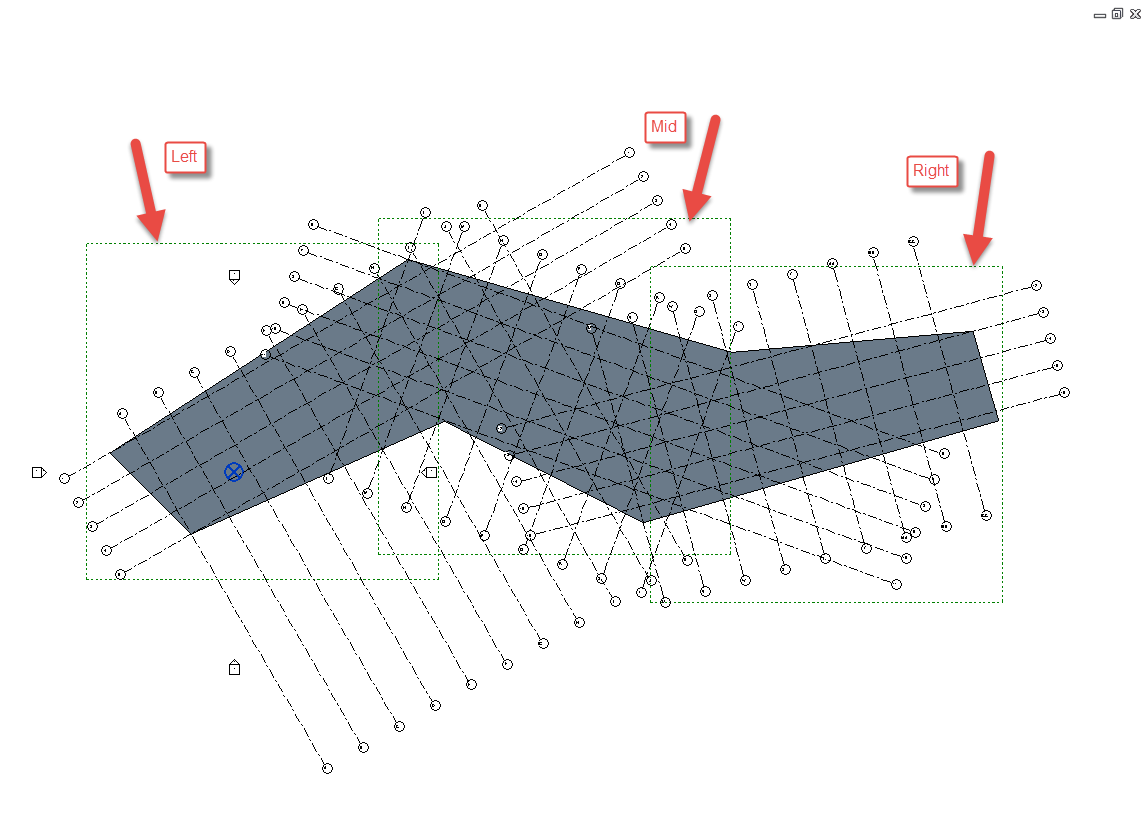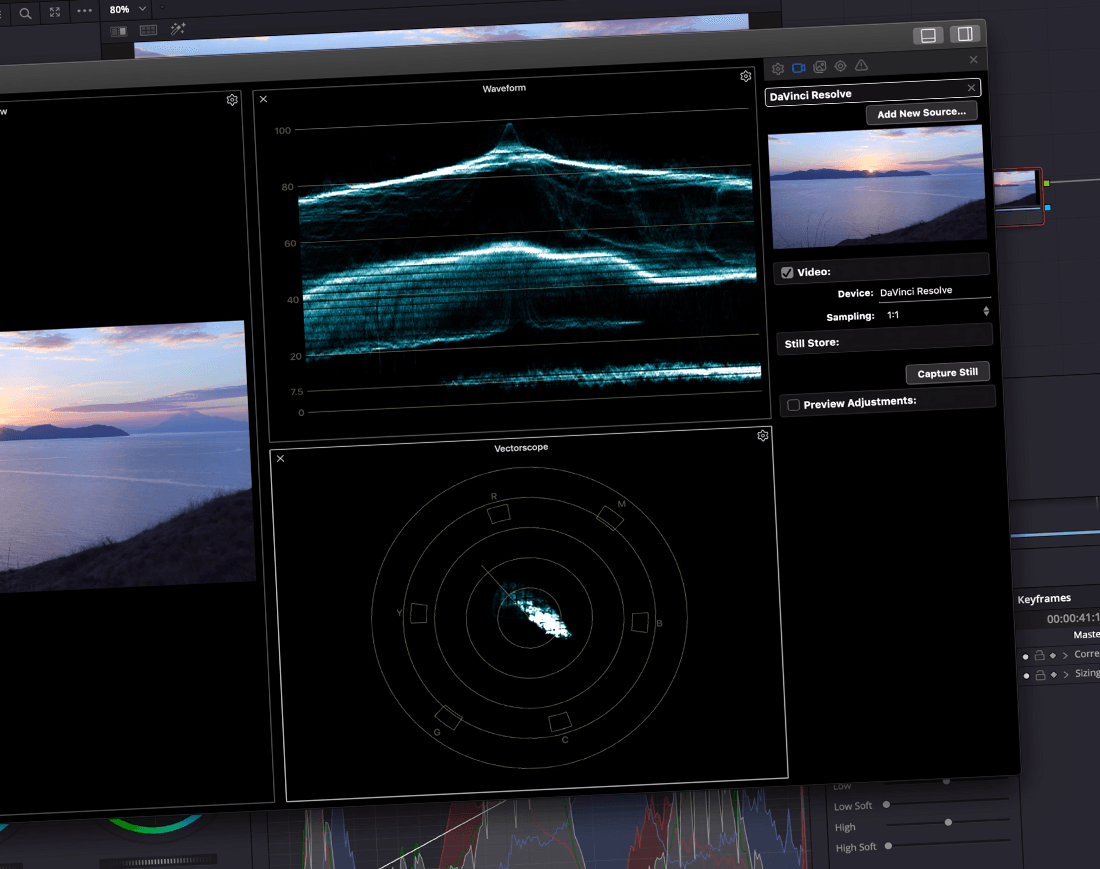

This makes it easier to match specific values between shots. User targets let you set custom values that appear as targets on your scopes. Throughout the app, we've revamped scales and features to support modern HDR workflows and measurements. Or, you can highlight a portion of your signal in a scope and find out exactly which part of your signal is responsible for that value. By setting a feature insight within your preview palette, all of your scopes will highlight just that portion of the signal. Maybe you want to focus on one face, or a window in the background. Feature Insightsįeature Insights allow you to focus your scopes on a specific section of your signal.

Thanks to the addition of Resolve support in ScopeLink, you can run it all on the same Mac, without any additional hardware. Until now, using ScopeBox with Resolve meant running ScopeBox on a separate Mac. And you can leverage the ability of ScopeBox to host multiple copies of the same palette, running both a normal color and false color preview side-by-side. One of the most highly-requested features, false color in the preview provides a visual way to identify issues, using a variety of presets. The Luma and RGB TimeTrace palettes continuously refresh, showing you your luma (or RGB) history over the last 300 frames. Traditional scopes only show you what's happening right now. The CIE Plot allows you to visualize gamut across multiple sets of primaries. With HDR-WCG (High Dynamic Range - Wide Color Gamut), Rec 2020, p3 and more, the world of colorspaces has gotten incredible complex.
#Scopebox p3 mac
A brand new processing engine allows for higher performance, utilization of the latest Mac hardware, and support for a huge variety of capture hardware. ScopeBox 4 is an all-new application, building upon a decade of ScopeBox innovation.
#Scopebox p3 manual
This manual will walk you through the basics of using ScopeBox, and will also introduce you to some of the theory behind video quality analysis.įor the latest updates, news and support, be sure to visit.
#Scopebox p3 full
And, of course, Annotation Symbols (if needed) aren't handled properly either.ScopeBox transforms your Mac into a suite of high-end video analysis tools, replacing a cart full of heavy and expensive components with one simple application. It doesn't do the naming properly, though, so be sure to create your first dependent views in the right order (since that's how all the others will be numbered). I'm not sure if Scope Boxes are one of the things that are copied (since we don't use them), but View References and Crop Regions (we often have non-rectangular crops) are duplicated to selected plan views. Generally using a Filled Region repeatedly like that is bad Revit practice.Īnd once you setup one level, you can use "Apply Dependent Views." to setup all the others. When you mention " Hatch on the sides of matchline would be integrated in the matchline creating process." are you talking about the little circles that are half-filled on the side being shown? Those symbols can be included in the View Reference, by the way - which also makes it easier since only the appropriate side (to match the reference) will be shown - if you have a simple single line (otherwise, we use Annotation Symbols). This is a more automated, integrated, smart, and contemporary way to create different plan-drawing-sets. Sheets would have the option to create multiple sheets in accordance to dependentviews (by selecting the parent view/s, then an equal number of sheets would be created respectively with dependent views, each dependent view is set in a sheet).

There would be an option to create dependent views according to/out of scope boxes. Dependent views creation would be integrated with scopeboxes/matchline. These hatches are subcategory of matchline and show and hide automatically in the respective part-plan view (in the same manner as the “view reference” tags do). Hatch on the sides of matchline would be integrated in the matchline creating process. Scopeboxes and matchline would have the ability to be attached/integrated to each other and be able to snap/offset from each other. Then you must put these part-plans view in sheets to get your drawing-set ready.Ī more integrated process is to have a kind of integration between those tools. Then comes the view reference tags to show the next drawings number. Then you must add hatch to matchline at the part-plan edges. Then you create dependent plan views and assign scopeboxes to part-plans respectively. You have first to create matchline for the different plan parts. The process of making plan-drawing-sets for large buildings is very manual and fragmented in different tools.


 0 kommentar(er)
0 kommentar(er)
